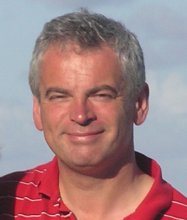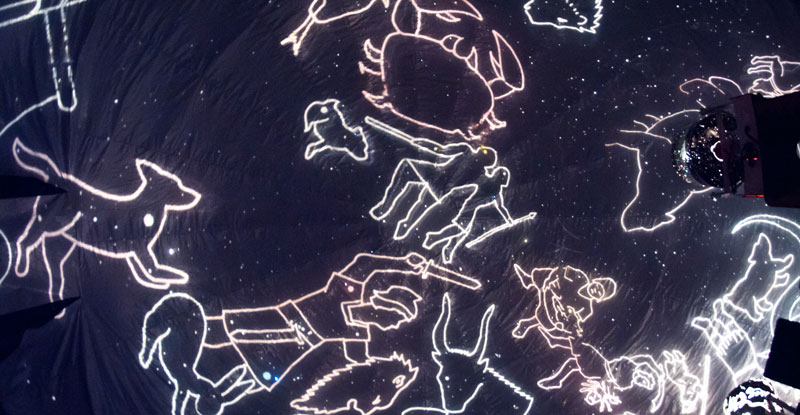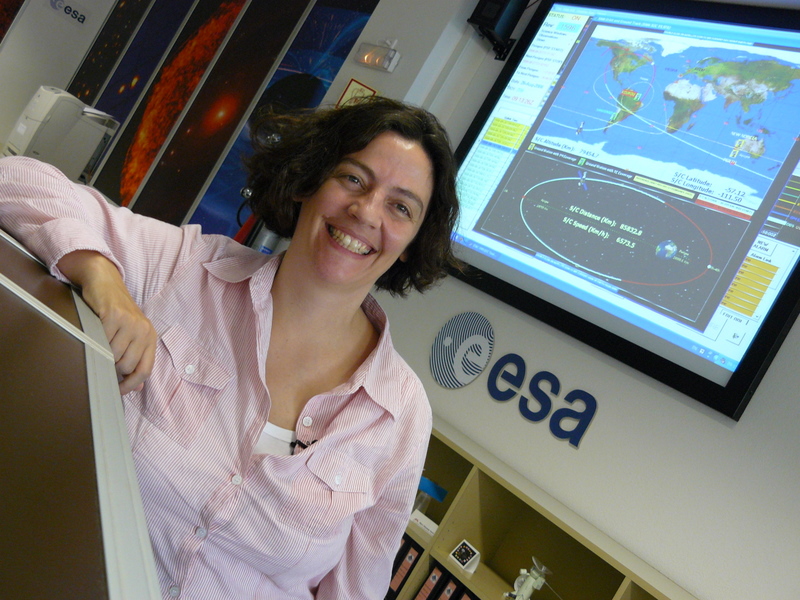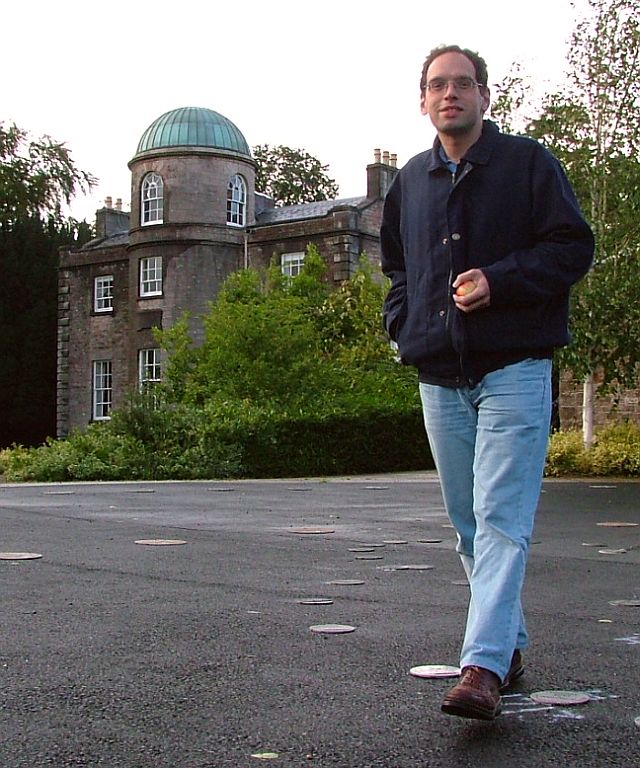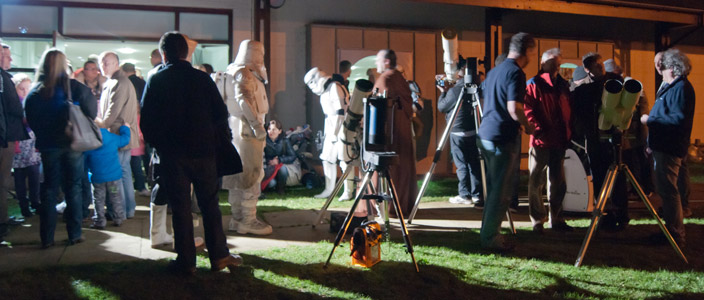Andor Technologies is a Belfast based company manufacturing a ranges of cameras including some which are capable of high-end astrophotography. The company grew out of the Physics Department of Queens University Belfast and now supplies cameras to the world market. Some of the topics covered by the lecture will include:-
· Lucky Imaging
· Hunting for Extra Solar Planets using various techniques
· Andor’s involvement in the development of the Curiosity (Mars) Rover
· The Sofia Flying Telescope (it’s a 14 tonne telescope in a Boeing 747)
· Adaptive Optics
· Tracking space junk, mapping the Kuiper belt and tracking comets.
· And a few other things
This will not be done in huge depth and will not assume a great level of knowledge on the part of the audience. This promises to be a most interesting and involving talk, particularly for those interested in photographing the Cosmos!
Admission is free billigaste mobil abonne mang barn, including light refreshments, and all are welcome.



